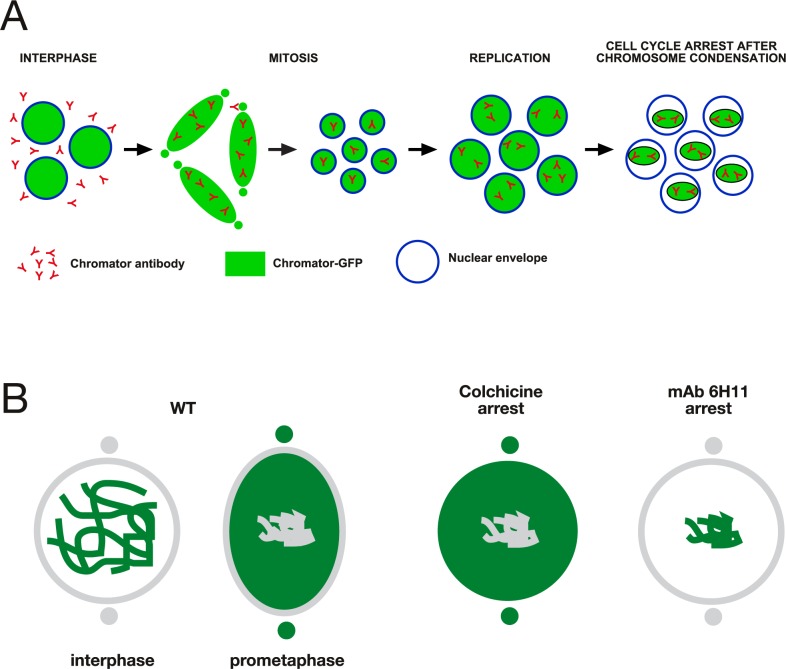Fig 2. Cell cycle arrest in mAb 6H11 and colchicine arrested embryos.
(A) Diagram of proposed model for mAb 6H11-mediated cell cycle arrest. At the time of injection at interphase the antibody does not have access to the Chromator epitope because it is excluded from the chromosomes by the intact nuclear envelope. At the time of NEB of the first cell cycle the antibody is now free to bind to Chromator and this association is maintained as the daughter nuclei become enclosed by the reforming nuclear envelope. That the first cell cycle after NEB proceeds normally even in the presence of the antibody suggests that the presence of mAb 6H11 antibody does not interfere with cell cycle protein function at any point after NEB, with any checkpoint proteins, with cytokinesis, or with formation of the daughter nuclei. However, at the entry of the second cell cycle as indicated by chromosome condensation, the antibody now is bound to Chromator, preventing Chromator dissociation from the chromosomes and spindle matrix formation leading to cell cycle arrest. (B) Comparison of Chromator dynamics in colchicine- and mAb 6H11-arrested embryos. In wild-type, Chromator is localized to the chromosomes at interphase and relocalizes to the spindle matrix and centrosomes at prometaphase and metaphase. In colchicine-arrested embryos Chromator dynamics are as in wild-type embryos (Fig 2 in Yao et al. [5]); however, in mAb 6H11-arrested embryos Chromator remains on the condensed chromosomes, the spindle matrix does not form, and NEB does not occur.

